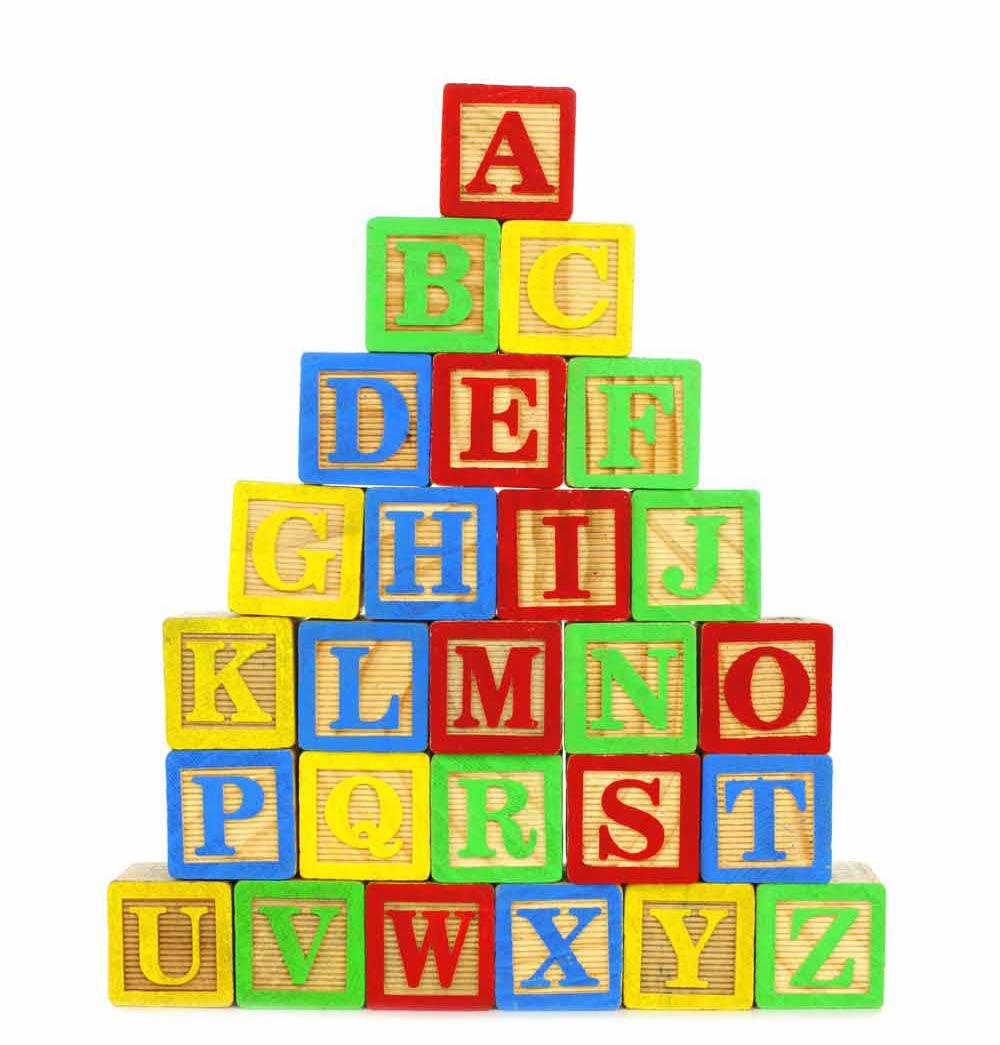 As parents, we need to put down all our electronic devices and look at our children and talk to and with them. With frequency and intent, these conversations are the foundations for strong intellectual development and academic progress. These conversations need to begin in infancy and continue throughout a child’s life. Quality time means that parents must be present and engaged when interacting with their children. Multi-tasking when spending time with children does not help them to develop a strong vocabulary or build their intellectual and social capacity.
As parents, we need to put down all our electronic devices and look at our children and talk to and with them. With frequency and intent, these conversations are the foundations for strong intellectual development and academic progress. These conversations need to begin in infancy and continue throughout a child’s life. Quality time means that parents must be present and engaged when interacting with their children. Multi-tasking when spending time with children does not help them to develop a strong vocabulary or build their intellectual and social capacity.
Where Do We Start?
Today a lot of the information that we receive comes to us in sound bites. We recommend speaking in complete sentences even to our youngest children. Children who hear language in complete sentences learn to speak in complete sentences. This will have a positive impact on a child’s ability to learn to read and write. If you are speaking to your children in complete sentences, it is likely that you are using a greater abundance of complex words and thoughts. As we mentioned in our earlier blog post, a strong, rich and varied vocabulary provides a vehicle for children to continue to strengthen their intellectual capacity and academic progress. Simply stated: speak to your children using complete sentences and a rich and varied vocabulary.
And Then…
Capitalize on your daily routines – explain why and what you are doing. A trip to the grocery store can be an opportunity to describe, categorize, and compare all sorts of things. This might sound like: What color is this apple? Are there any other apples of the same color? Different color? How many fruits can you find that are bigger/smaller than the apples? No conversation that involves descriptive language is unimportant. Thinking aloud during your daily routines and engaging your child in this thought process is a natural way to develop and extend vocabulary. This works for all age groups and environments.
Thinking Aloud – You’re Not Really Talking to Yourself
It might feel a bit odd to verbalize your thought processes while doing something with your child. However, this provides a great opportunity for your child to gain an insight into your thoughts and actions while modeling a rich and perhaps unfamiliar vocabulary simultaneously. This is significant because as your child hears the words your actions demonstrate the meaning of the language being used. Thoughts, actions and words work collaboratively to help foster meaning and therefore a deeper comprehension. For instance, making pasta allows us to introduce words like colander, stock pot, boiling, slotted, scalding, drain, transfer, temperature, texture, firm, soft, season, spice – all words that help develop and deepen contextual understanding while allowing for generalization to other situations. While using words such as these, be sure to demonstrate or explain their meaning. It’s important to check in to see that your child understands the meaning of this rich vocabulary. Be sure to encourage your child to ask for clarification and provide opportunities for them to show what they understand and to use the words in complete sentences.
Reading Together, It’s More Than Just Fun
Everyone knows reading aloud to your child is important. Read alouds have a profound impact on vocabulary, conceptual, academic and intellectual development. Parents often wonder how to get the most out of reading aloud to their children. Be thoughtful about your selection of what you read aloud. Consider your child’s interests, but try to extend their range of knowledge by picking books they might not read on their own. Doing this generally introduces varied vocabulary and topics that encourage interesting and thoughtful discussions.
With that being said, make sure to pause during reading to check for understanding, clear up any misconceptions and allow your child to make and confirm predictions about what might happen next. This is also an opportune time for you and your child to identify words that they might not know or completely understand. You can use context clues, pictures, examples, non-examples, antonyms and/or synonyms to help your child develop understanding of the text. Shared reading is another strategy that helps readers make meaning from text. Read several sentences, pause, discuss what you’ve read and then have your child do the same thing. Shared ownership of the reading and discussion will help your child internalize vocabulary as well as understand the author’s message.
Helping our children to build and develop a strong vocabulary takes time and effort, but the payoff is huge over the long haul. The accumulation of words and meanings is an ongoing process. It doesn’t start and stop at specific points; it grows and changes as do our children. Learning to be smart never stops. Be present, directly engage with your children. They will benefit from your words.
By Laurie Gross and Amy Shapiro
My Learning Springboard, Inc.
 More and more families are choosing to homeschool their children and they’re seeking curriculum specialists and teachers to support them. At My Learning Springboard, we’ve had the opportunity to work with families at the elementary, middle, and high school levels to
More and more families are choosing to homeschool their children and they’re seeking curriculum specialists and teachers to support them. At My Learning Springboard, we’ve had the opportunity to work with families at the elementary, middle, and high school levels to  Reading comprehension doesn’t just occur overnight; a multitude of factors contribute to a student becoming an engaged and active reader; one who understands what he/she is reading.
Reading comprehension doesn’t just occur overnight; a multitude of factors contribute to a student becoming an engaged and active reader; one who understands what he/she is reading.  To iPad, or not to iPad, that is the question: While some educators believe that these recent developments in technology act as distractions or take students further from social interaction, I disagree.
To iPad, or not to iPad, that is the question: While some educators believe that these recent developments in technology act as distractions or take students further from social interaction, I disagree.  Service Learning (SL) means different things to different people, however the official definition is clear according to the
Service Learning (SL) means different things to different people, however the official definition is clear according to the